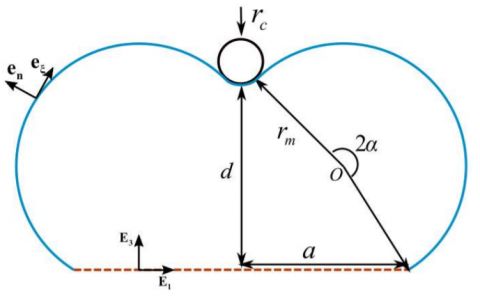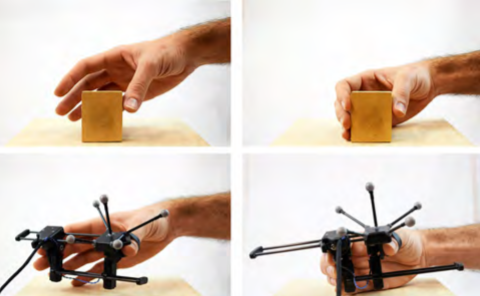Foveated Instant Radiosity
PubDate: December 2020
Teams: Beihang University;University of California
Writers: Lili Wang; Runze Li; Xuehuai Shi; Ling-Qi Yan; Zhichao Li
PDF: Foveated Instant Radiosity

Abstract
Foveated rendering distributes computational resources based on visual acuity, more in the foveal regions of our eyes and less in the periphery. The traditional rasterization method can be adapted into the foveated rendering framework in a quite straightforward way, but it’s difficult for estimating global illumination. Instant Radiosity is an efficient global illumination method. It generates Virtual Point Lights (VPLs) on the surface of the virtual scenes from light sources and uses these VPLs to simulate light bounces. However, instant radiosity can not be adapted into the foveated rendering pipeline directly, and is too slow for virtual reality experience. What’s more, instant radiosity does not consider temporal coherence, therefore it lacks temporal stability for dynamic scenes. In this paper, we propose a foveated rendering method for instant radiosity with more accurate global illumination effects in the foveal region and less accurate global illumination in the peripheral region. We define a foveated importance for each VPL, and use it to smartly distribute the VPLs to guarantee the rendering precision of the foveal region. Meanwhile, we propose a novel VPL reuse scheme, which updates only a small fraction of VPLs over frames, which ensures temporal coherence and improves time efficiency. Our method supports dynamic scenes and achieves high quality in the foveal regions at interactive frame rates.



